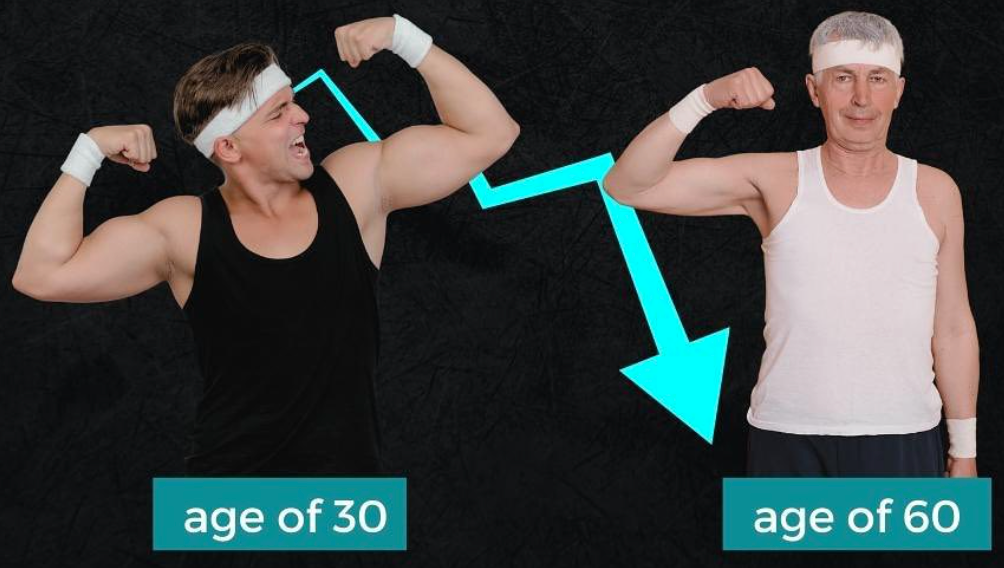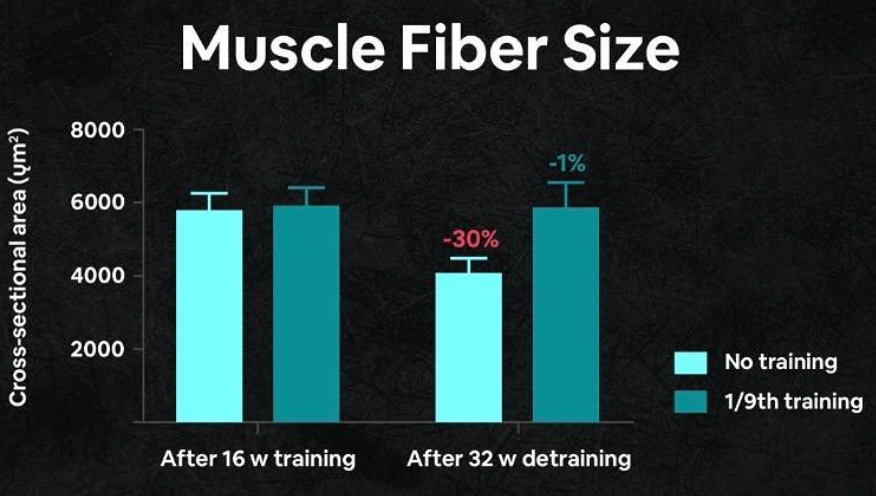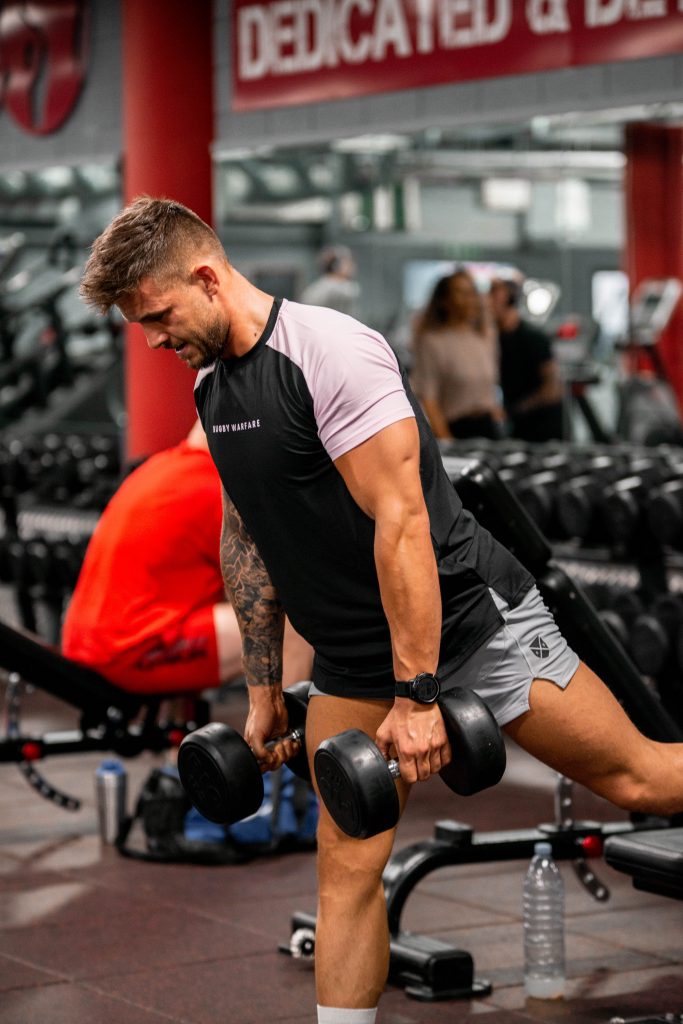Building muscle takes time and patience, but if the muscles aren’t being used, they can reduce rapidly, like during a long period of inactivity, or injury, which prevents moving a certain limb.
A less extreme example of muscle disuse is detraining (i.e. training less or not at all). How fast do you lose muscle if you stop training or when training volume is reduced?

The rate at which muscle mass is lost when training volume is reduced or stopped can vary depending on a number of factors, such as age, genetics, and overall health.
A study from the Journal of Applied Physiology found that in young, healthy adults, muscle mass can be lost at a rate of about 1-2% per week of inactivity. This can accelerate if there is a drastic reduction in training volume.
PMID: 11832356

Muscle mass decreases approximately 3–8% per decade after the age of 30, and this rate of decline is even higher after the age of 60.
PMID: 10959208, 10855597
Older adults or individuals with certain health conditions, such as chronic obstructive pulmonary disease (COPD) or heart failure, may experience faster muscle loss.

A 2011 research investigated the effect of detraining on muscle size and strength gains.
75 adults participated in a two-phase exercise trial that consisted of 3 workout days per week with random assignment to detraining or one of two maintenance prescriptions (reducing the dose 1/9 volume of that during phase 1).

The participants began by undergoing a 16-week period where they performed resistance training.
During the 16-week period phase, they performed 27 sets per week for the quadriceps muscle.
After the 16 weeks, subjects performed either 3 sets per week (1/9th original training volume) or stopped training at all for 32 weeks.

- The subjects that did no training at all during the 32 weeks lost 30% of their muscle size. However, subjects that performed 1/9th of the original training volume DID NOT LOSE ANY MUSCLE SIZE

- As for muscle strength, the group that did not train did not show a decrease in strength
- The 1/9th training group even showed a small increase in strength.
Take note: These results were for young adults (20-35 years).
The study also investigated older males (60-75 years), in which 1/3rd of the original training volume (i.e. 9 sets per week) did NOT seem effective to keep gains in muscle size.
But 1/9th of the training volume was effective in keeping strength gains.
CONCLUSION
The researchers concluded that older adults (60-75 years) require a higher dose of weekly loading than the young (20-35 years) to maintain muscle mass attained during a progressive resistance training program.
But gains in specific strength among older adults were well preserved and remained at or above levels of the untrained young.
A relatively low training volume (1/9 of volume) is enough to maintain muscle size and strength gains from a high-volume training program for young adults.
REFERENCE: PMID: 21131862
P.S You can buy any 3 items from our new range for £50 (saving you £25), We ship globally too.
Use code “3for50” to apply the discount.

